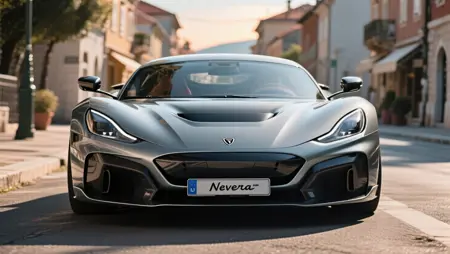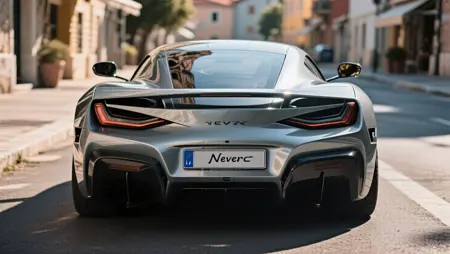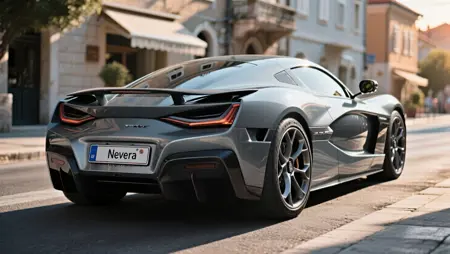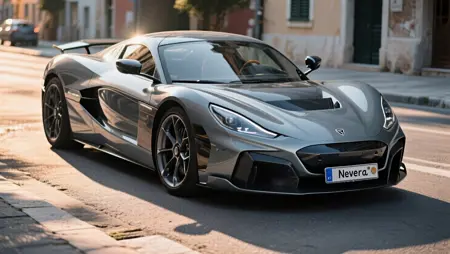Rimac Nevera - 2021
Details
Download Files
About this version
Model description
The Car Is The Catalyst: Why the Nevera's Record-Breaking Run Is a Calculated Masterstroke in Rimac's Plan to Dominate Automotive Technology
The Rimac Nevera represents a revolution in the hypercar world, emerging not from a legacy automaker but from the ambition of Croatian inventor Mate Rimac. The company's genesis traces back to Rimac's converted electric 1984 BMW, the "Green Monster," which set world records and proved the potential of high-performance EVs. This early success, born from the necessity of creating components that didn't exist, established the company's core ethos: in-house innovation. The first production model, the Concept_One, confirmed this prowess, but the Nevera is the ultimate manifestation of this philosophy.
Strategically, the Rimac Group operates with a brilliant dual identity. Bugatti Rimac, a joint venture with Porsche (45%), produces hypercars, while the wholly-owned Rimac Technology division serves as a Tier 1 supplier of EV components to major OEMs. The Nevera acts as a formidable "shop window" for this technology. Its record-breaking performance serves as the ultimate marketing tool, validating the engineering excellence of the systems Rimac Technology sells to clients like BMW, Hyundai, and Aston Martin. The car's strategic value, therefore, lies less in its direct sales and more in its role as a catalyst for the company's more profitable technology supply business.
Technically, the Nevera is a masterpiece of vertical integration. Its core is a revolutionary carbon fiber monocoque, the largest in the industry, which integrates the 120 kWh battery pack as a structural element. This design achieves an unprecedented torsional rigidity of 70,000 Nm/degree, providing the stable platform necessary for its performance. Propulsion comes from a quad-motor powertrain generating 1,914 hp and 2,360 Nm of torque. This system enables the sophisticated Rimac All-Wheel Torque Vectoring (R-AWTV), a predictive software that adjusts torque to each wheel over 100 times per second, replacing traditional stability controls and allowing the car's handling characteristics to be fundamentally altered through different drive modes.
The Nevera's performance shattered existing benchmarks, with a 0-60 mph time of 1.74 seconds and a top speed of 412 km/h (258 mph). Seeking to push the limits further and address customer desire for a more raw experience, Rimac developed the Nevera R. This track-focused variant boasts 2,107 hp, enhanced aerodynamics, and a lighter weight. In July 2025, it demolished 24 world records in a single day, including a stunning 0-400-0 km/h time of 25.79 seconds.
Despite this technical supremacy, the Nevera has faced a challenging market. With a price tag of over $2 million and production limited to 150 units, it competes with established giants like Bugatti. Mate Rimac has noted that sales have been slower than expected, concluding that the target demographic of ultra-wealthy collectors still largely prefers the sound, heritage, and "soul" of internal combustion engines. This "soul deficit" highlights that for many buyers, emotional connection trumps objective performance metrics.
Ultimately, the Nevera's legacy is twofold. As a car, it's an undisputed engineering triumph that redefined EV performance. As a catalyst, its development secured the pivotal joint venture with Bugatti and built the credibility of Rimac Technology. The market's lukewarm reception provided invaluable insight, directly shaping the strategy for the new Bugatti Tourbillon, which will feature a hybrid V16 engine. This allows the Bugatti Rimac group to pursue a dual-pronged strategy: Bugatti will champion the ultimate hybrid hypercar, while Rimac continues to spearhead all-electric innovation.




